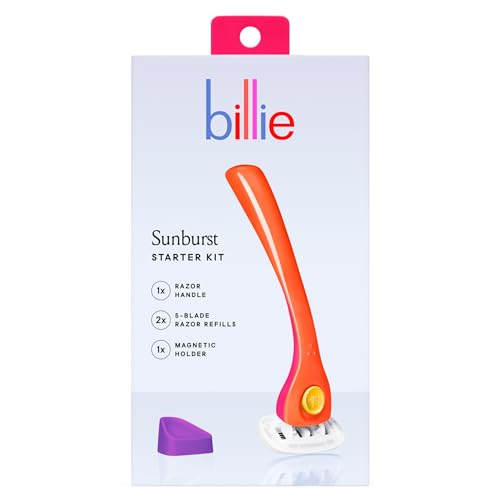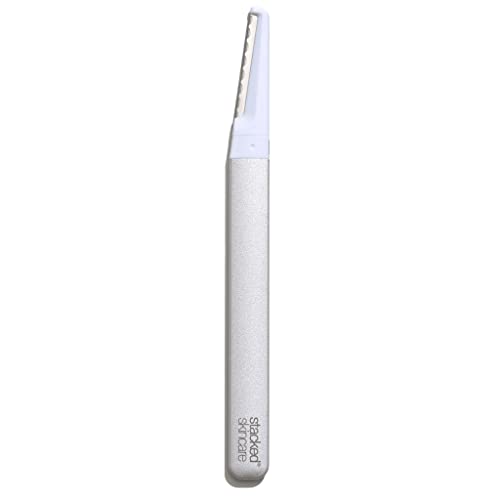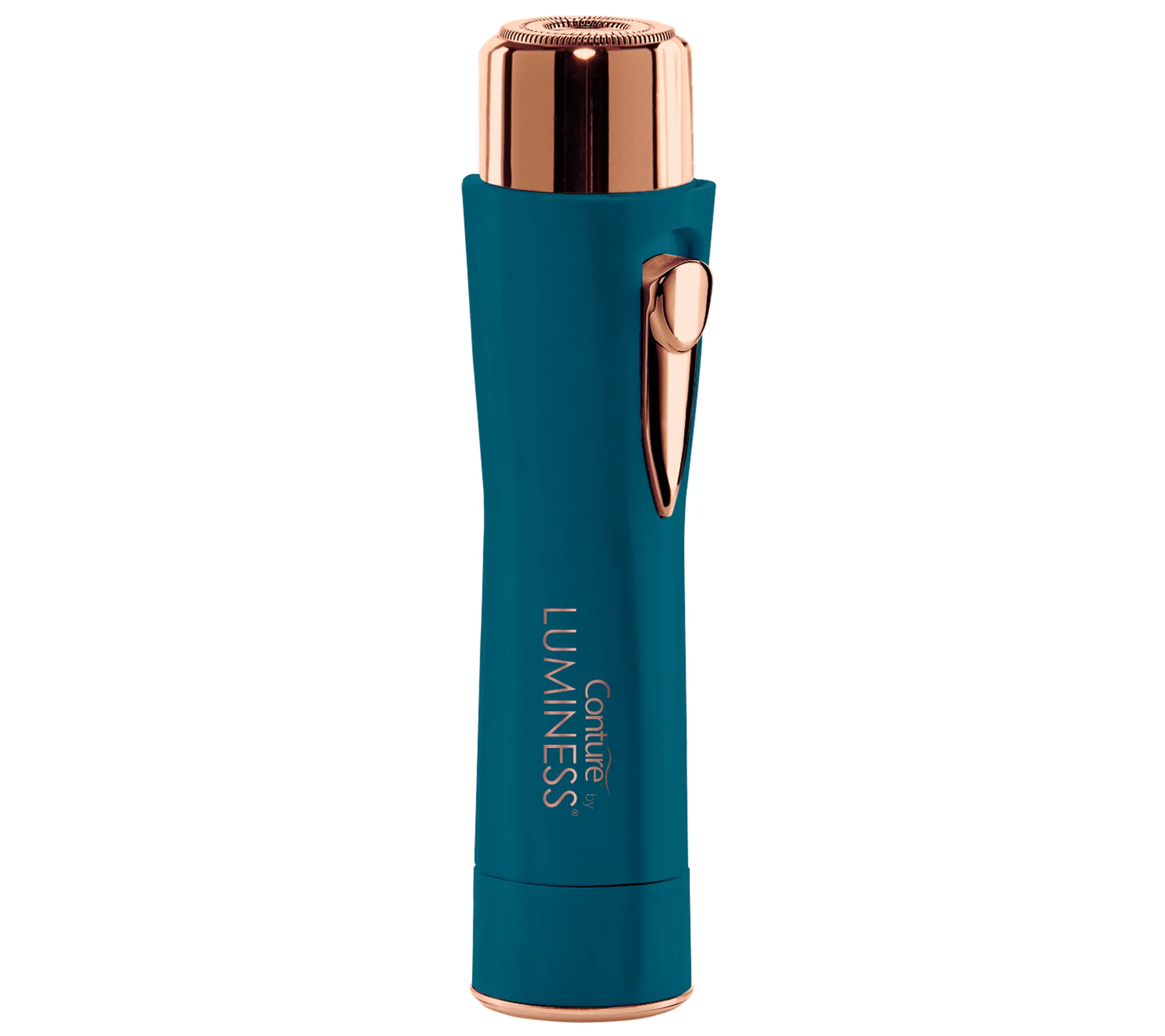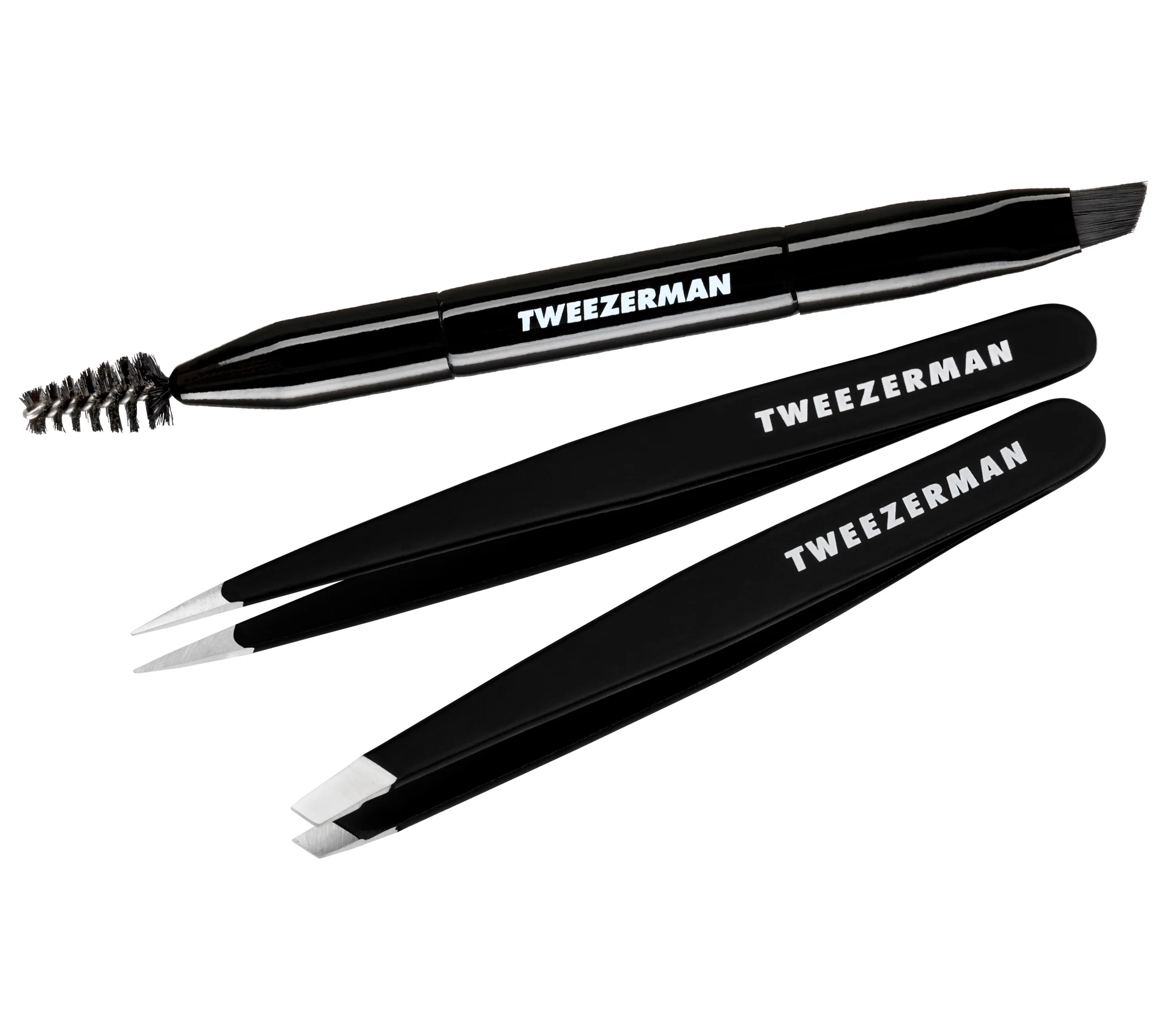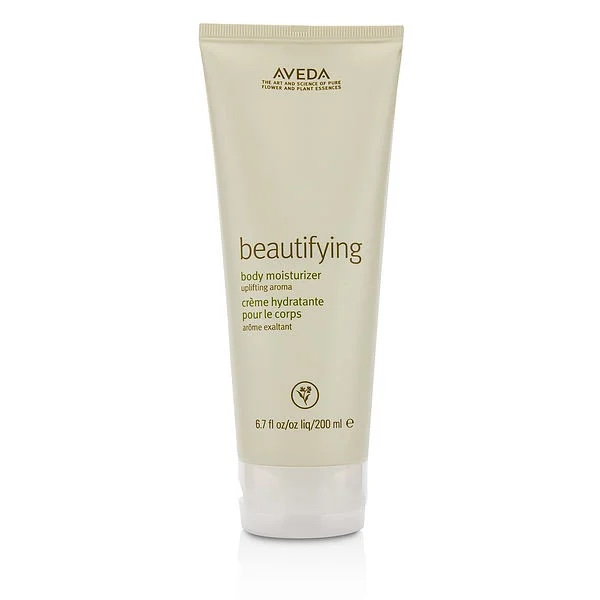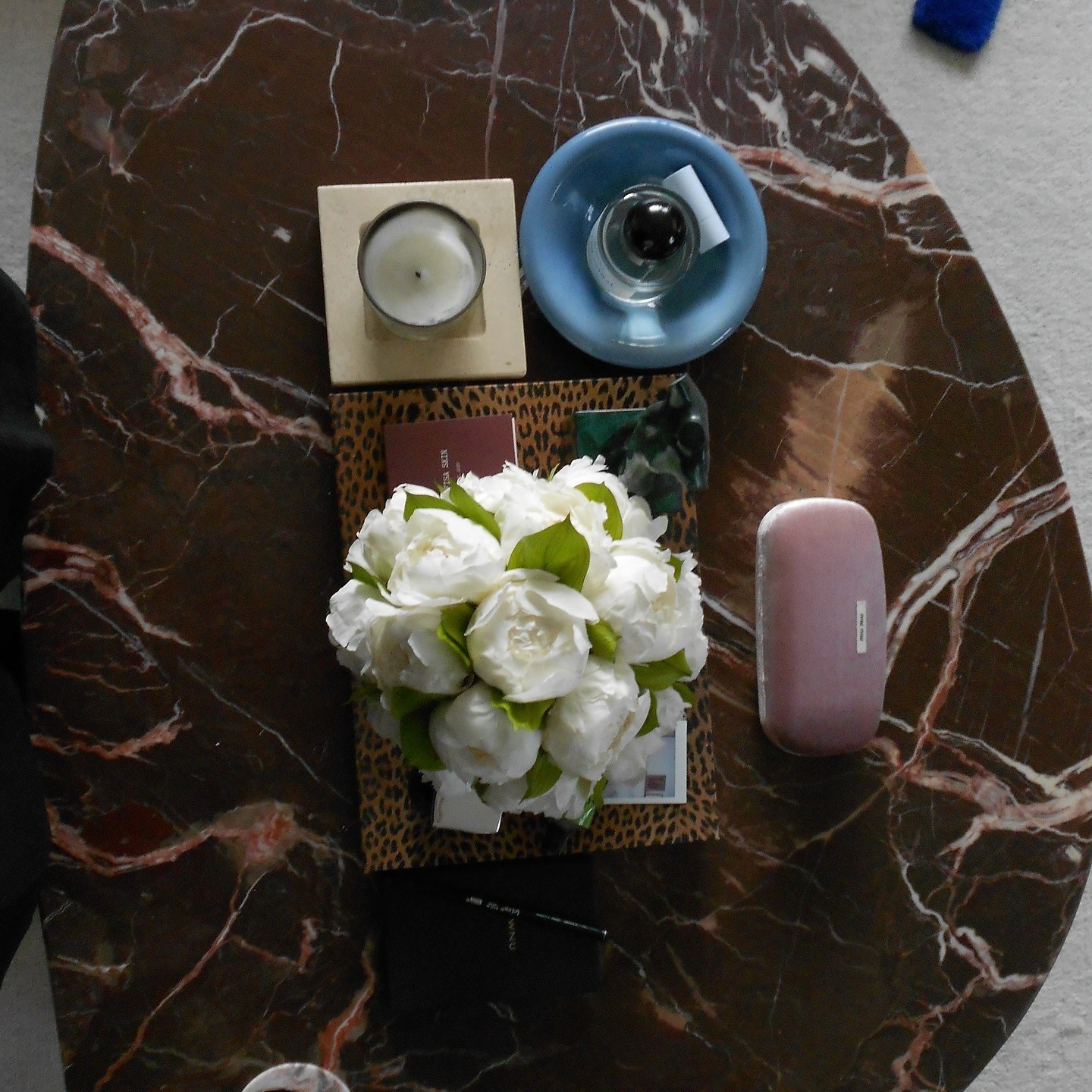Unconvinced At-Home Laser Hair Removal Devices *Actually* Work? Experts Say Otherwise


I've always wanted to get laser hair removal. I remember learning what it was when I was about 15 years old. I was shocked that such a thing existed, yet not everybody had gotten it done. I remember exclaiming to my mom that I was "so going to get that done when I get older!"
I was young, but I already recognized how annoying it was to stand in the shower for 10 minutes applying shave cream and running the razor up my legs. That was well before I started shaving my underarms and bikini line. Fifteen-year-old me didn't know how annoying it would get, especially when razor burn and ingrown hairs started popping up. They're both unsightly and genuinely painful.
I hate to disappoint my younger self, but I'm almost 30, and I still haven't gotten laser hair removal. Why? First, it's expensive. Second, it requires multiple appointments over a period of many months. Plus, I found something that works for me: at-home laser hair removal. I've been testing a couple of devices for about six months, and the hair that once grew on my legs, bikini line, and underarms has been significantly reduced. It's to the point where I can go a couple of weeks without shaving. That's significant, as I used to shave every few days.

I call it at-home laser hair removal because that's what it's commonly referred to. Really, most devices use a technology called intense pulsed light (IPL). The difference comes down to wavelengths. "While IPL is broad and features multiple wavelengths, laser is very concentrated and uses one wavelength," says Geeta Yadav, MD, board-certified dermatologist and founder of Facet Dermatology. "IPL's broad range of light allows the provider to treat larger areas at once, but because it is not as powerful as laser, it may require more treatment sessions to achieve your desired results."
Here's the kicker, though. Those "sessions" can be done at your convenience and in the privacy of your own home. Cool, right? Ahead, check out the 10 best at-home hair removal devices. Then, learn best practices and tips and tricks for smooth skin.
The Best At-Home Laser Hair Removal Devices
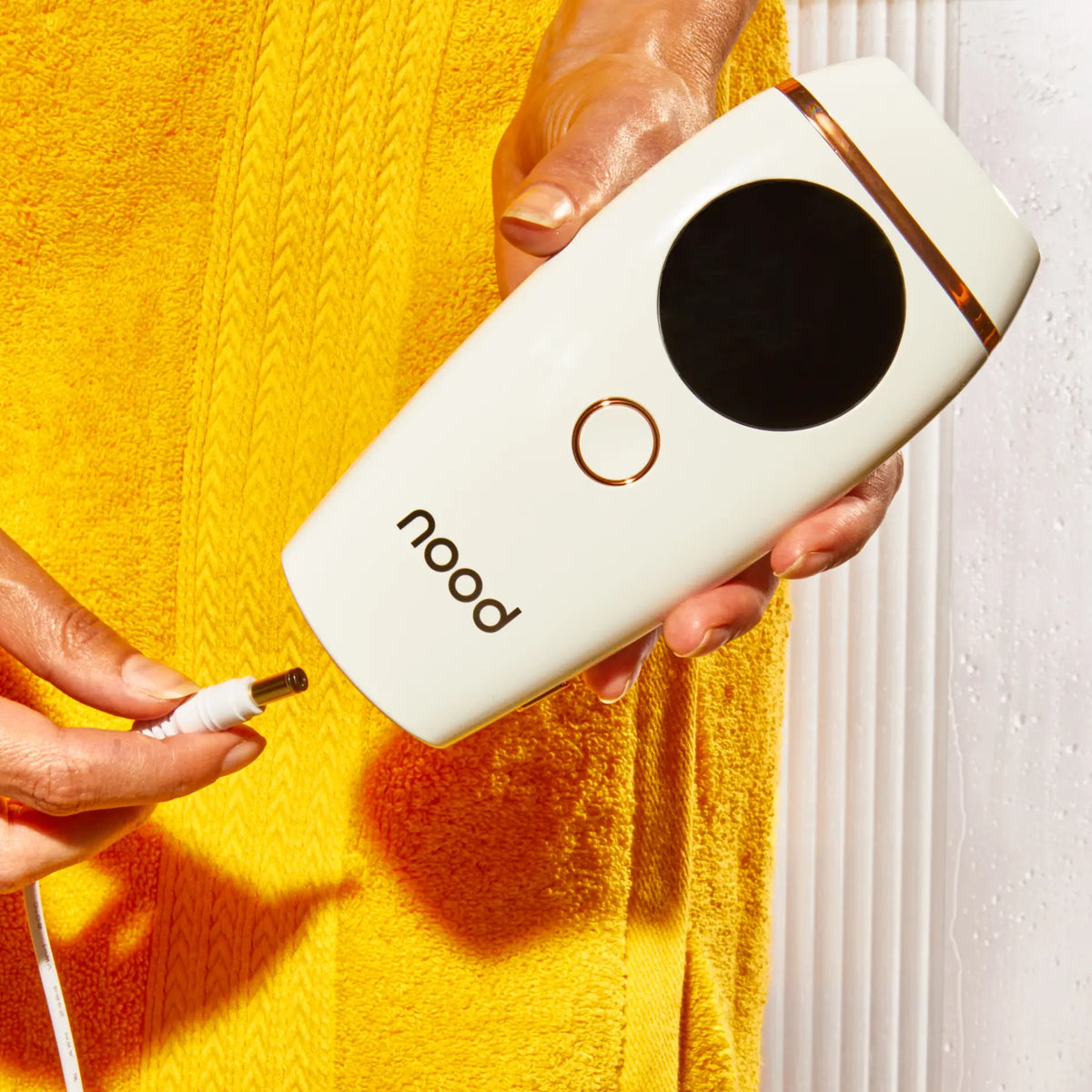
Recommended treatment cadence: two treatments per week for eight weeks
This is one of the at-home IPL devices I've been testing, and it's easy to use. Just set it gently on shaved skin and press the button to flash the light. It's also lightweight and easy to maneuver in tricky areas like the knees and ankles. It's not painful either—there's some heat involved and a bright flash each time you press the button, but it's nowhere near as painful as waxing.
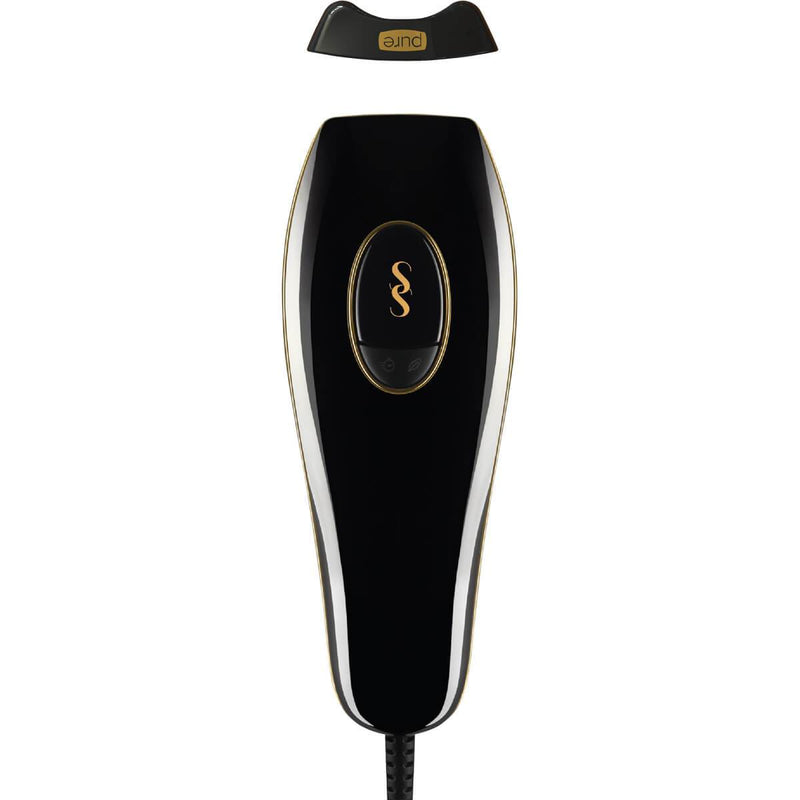
Recommended treatment cadence: one treatment per week for 12 weeks
Here's the other IPL hair removal device I use. This one seemed to speed up my results even more than the device mentioned above. I like that it has three modes—Power, Speed, and Comfort—to tailor treatments. I also like that it has unlimited flashes, meaning I don't have to wait for the device to power up again after each flash. It makes the process so much quicker.
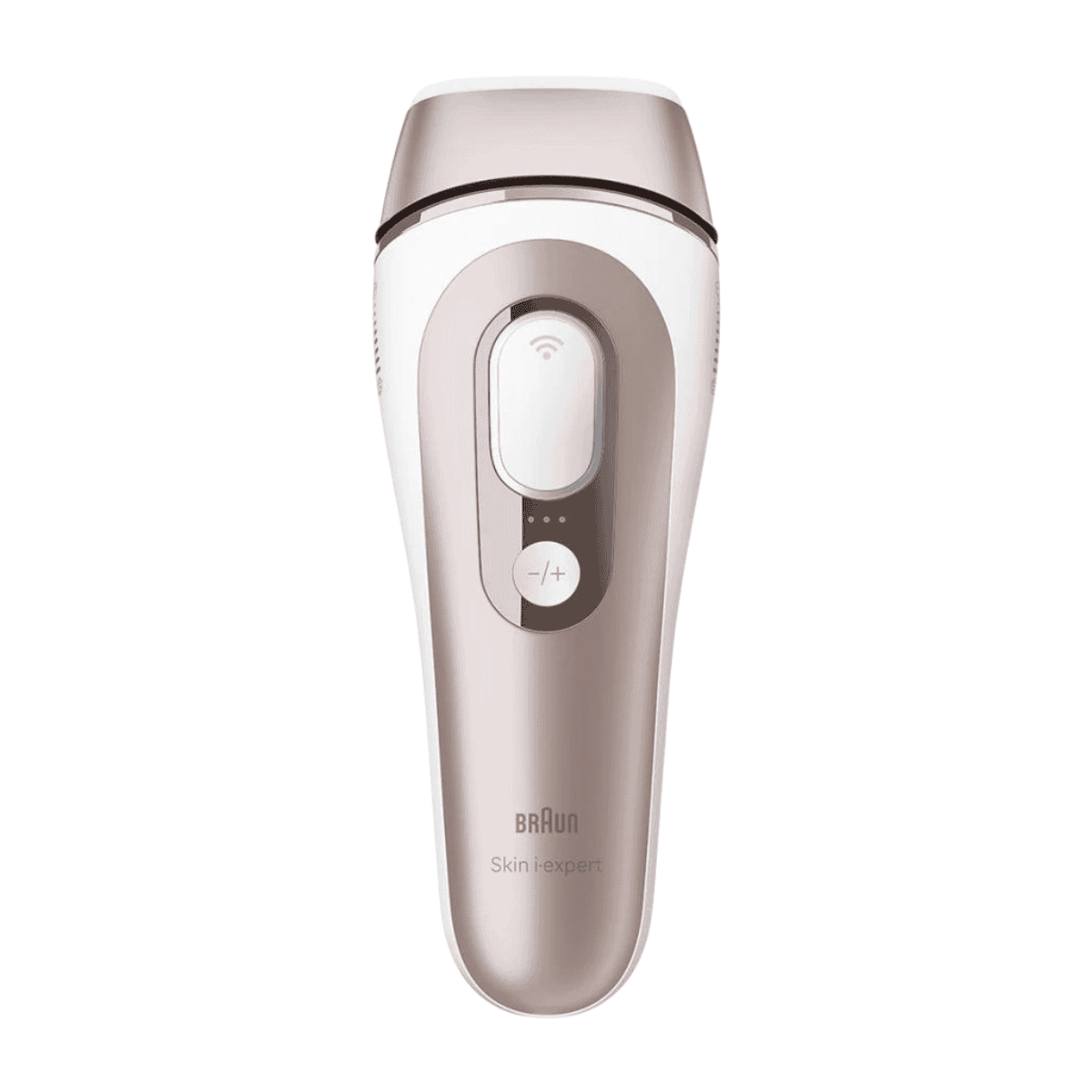
Recommended treatment cadence: personalized for each user
This one might be more expensive than other devices on this list, but there's a good reason for that. It's the only smart IPL device. Using an app on your phone, it gives you feedback as you use it, so you can rest assured you're using it correctly and targeting every last hair follicle. It even has a built-in UV filter that analyzes the skin 80 times per second to ensure maximum efficacy and safety.

Recommended treatment cadence: one treatment per week for 12 weeks
This handheld IPL device promises to stunt hair growth in as little as four weeks. Complete weekly 10-minute treatments for best results—up to 97% less hair. It also has skin-safe sensors and two treatment types to produce 100 flashes per minute.
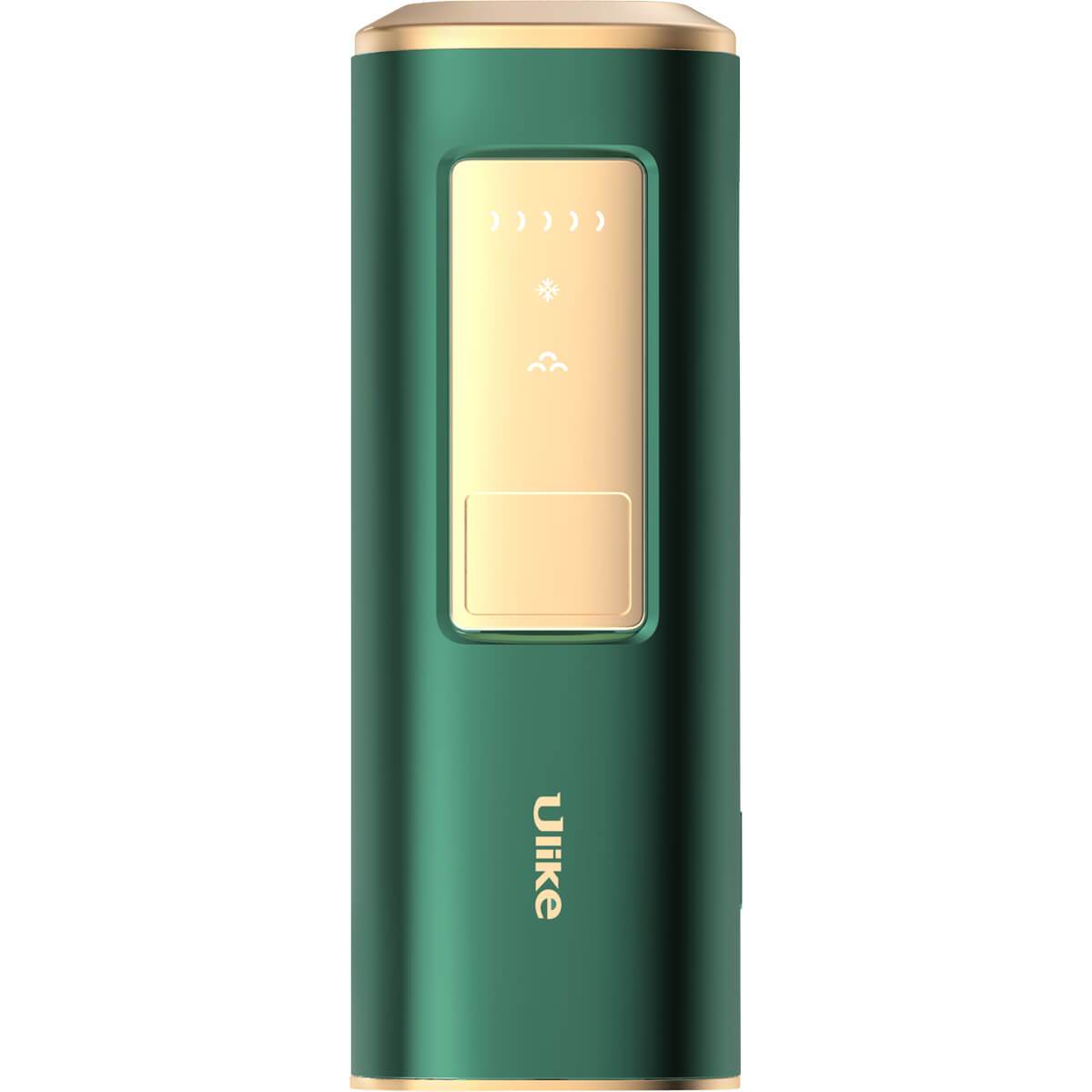
Recommended treatment cadence: three treatments per week for four weeks, then two treatments per week for eight weeks
If you're anything like me, you've seen this one all over the internet. That's because it boasts some impressive features. For one, you can treat the entire body in 10 minutes. Yep, the whole thing. Innovative Sapphire Freezing technology protects the skin and provides a painless experience. Five energy levels allow you to customize the treatments in each area.
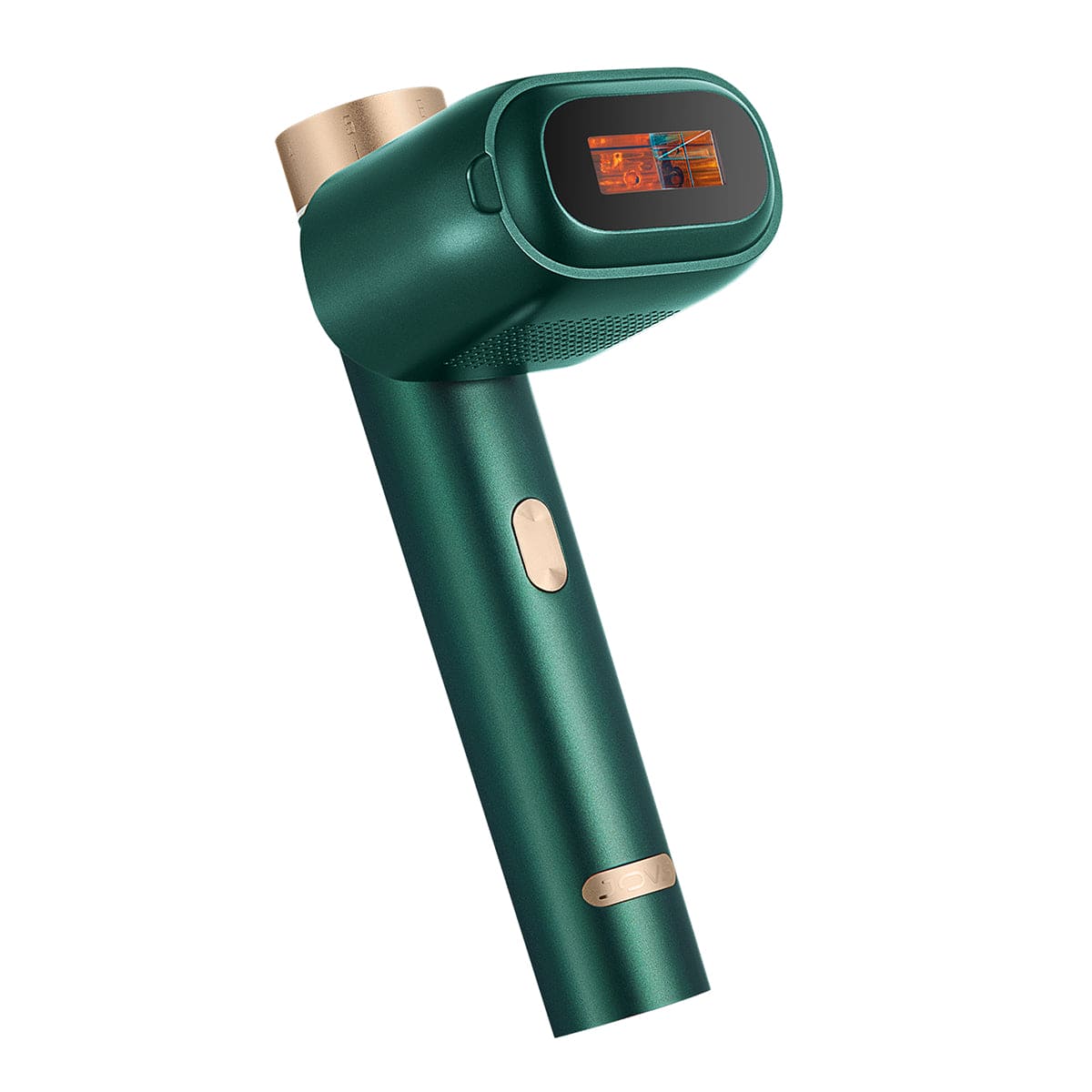
Recommended treatment cadence: three to four treatments per week for six weeks, then biweekly treatments until you reach full results around eight weeks
With six precise treatment modes that each offer six intensity levels, this device is the ultimate customizer. It's gentle and painless and has a 330-degree rotating head for hard-to-reach areas. It even has a cooling, protective layer that keeps the skin comfortable throughout treatment.
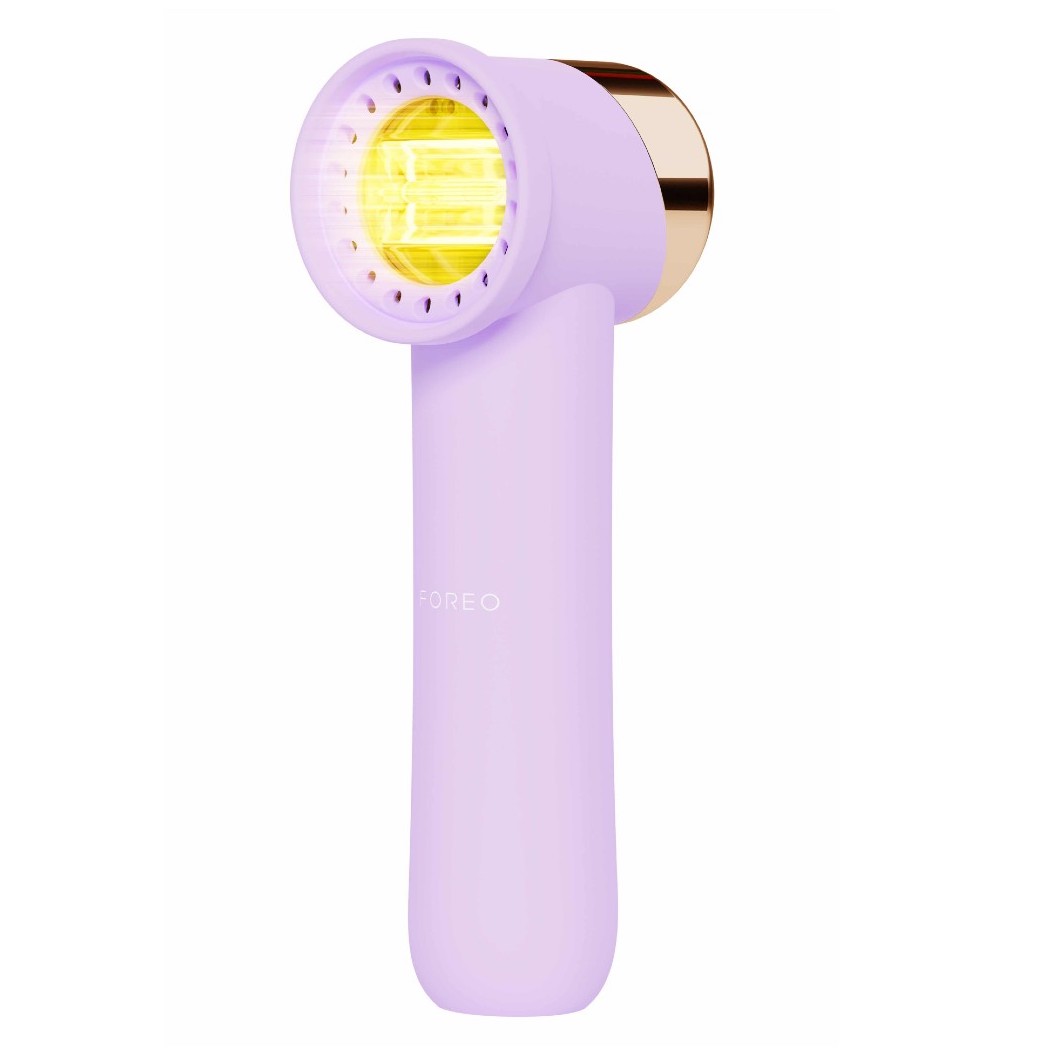
Recommended treatment cadence: one treatment per week for 12 weeks
Another skin-cooling IPL hair removal device, this one has a wide head so you can treat larger areas at once. It's also travel-friendly and comes in this cute lavender. What's not to love?

Recommended treatment cadence: one treatment per week for 12 weeks
This one is so cool because it's not just a hair removal device. Pop on one of the colored lenses and you can get aesthetic skin benefits as well. The red lens treats and prevents breakouts. The yellow lens helps stimulate collagen production for anti-aging effects. Brilliant.

Recommended treatment cadence: one treatment every two weeks for 12 weeks
Yadav personally recommends this device. "This is a highly reputable hair removal device manufacturer," she says. "This product is FDA-cleared and comes with a lens cover so you can treat both larger and smaller areas."

Recommended treatment cadence: one or two treatments per week for 12 weeks
Lumi is a great handheld device that targets unwanted hairs at the root without burning or damaging the skin. It's safe to use on your arms, legs, bikini area, and even your face. Best of all, it eliminates ingrown hairs and shows noticeable results within three to four weeks.

At-Home Laser Hair Removal FAQs
WWW: How does at-home laser hair removal work?
Yadav: IPL, aka intense pulsed light, is a broad spectrum of light with multiple color wavelengths. These varying wavelengths allow the same device to address a variety of different concerns. In the case of hair removal, the wavelength used to address unwanted hair is the same used to target discoloration—it works by seeking and destroying melanin, whether that's dark spots in the skin or pigment in the hair. That's why IPL is best for those with a high contrast between their skin tone and their hair. Over time, the repeated damage to the hair follicle caused by the IPL device reduces hair growth.
How long does it take to see results?
An at-home IPL device will be much weaker than anything you'd be treated with in a professional setting, so it'll take longer to see results with something you'd use yourself than it would if you were being treated by a dermatologist. (After all, the at-home devices have to be safe for the average layperson to use!) While professional IPL treatment can yield noticeable results in a month, at-home devices can take about three months or even up to a year.
Are the results permanent?
It's permanent hair reduction, but not removal. IPL and laser hair removal hair treatments damage hair follicles—many of them to the point that they may never regrow hair—but hair follicles can also recover over time and grow hair again if not fully destroyed. The only form of permanent hair removal is electrolysis, which uses electric current to fully destroy the hair follicle.

Does it work for everyone?
Those with hair that is close in color to their skin tone, blonde hair, light red hair (as opposed to auburn), or white/gray hair should not use IPL. At best, they'll be unsuccessful; at worst, they could incur skin damage. These individuals are also not suited for laser hair removal. However, they can be treated successfully with electrolysis.
What are the risks?
Again, at-home IPL devices are far less powerful than those found at dermatologist offices, but there are always risks when using energy-based devices. The heat from tools like this can not only burn the skin but [can also] cause lasting hypo- or hyperpigmentation. Always talk to your provider before trying a treatment like this yourself.
How should you safely use an at-home laser hair removal device?
Besides consulting your provider before using an at-home IPL device, actually read and follow the instructions! This sounds like common sense, but many people fail to do this. Using something incorrectly will, of course, increase your likelihood of risk. You should also shave ahead of your treatment. This will allow the device to concentrate its energy on the follicle beneath the skin's surface rather than any hair that's grown out.
5 More Hair-Reducing and Skin-Smoothing Products

Kaitlyn McLintock is a Beauty Editor atBest Knockoff Luxury Clothing . She has 10 years of experience in the editorial industry, having previously written for other industry-leading publications, like Byrdie, InStyle, The Zoe Report, Bustle, and others. She covers all things beauty and wellness-related, but she has a special passion for creating skincare content (whether that's writing about an innovative in-office treatment, researching the benefits of a certain ingredient, or testing Wholesale Replica Bag and greatest at-home skin device). Having lived in Los Angeles, California, and Austin, Texas, she has since relocated back to her home state, Michigan. When she's not writing, researching, or testing beauty products, she's working through an ever-growing book collection or swimming in the Great Lakes.
-
 From Ginseng to PDRN: 5 Korean Skincare Ingredients Powering the Internet's Favorite, High-Efficiency Products
From Ginseng to PDRN: 5 Korean Skincare Ingredients Powering the Internet's Favorite, High-Efficiency ProductsThey set the standard for great skin.
-
 My Aesthetician Told Me This Is the One Ingredient She Recommends for Every Skin Type
My Aesthetician Told Me This Is the One Ingredient She Recommends for Every Skin TypeIt's one of the most under-hyped on the market.
-
 I'm a Laser Dermatologist—Here's What Most People Don't Tell You About LED Light Therapy for Skin
I'm a Laser Dermatologist—Here's What Most People Don't Tell You About LED Light Therapy for SkinPlus the underrated tool that works wonders.
-
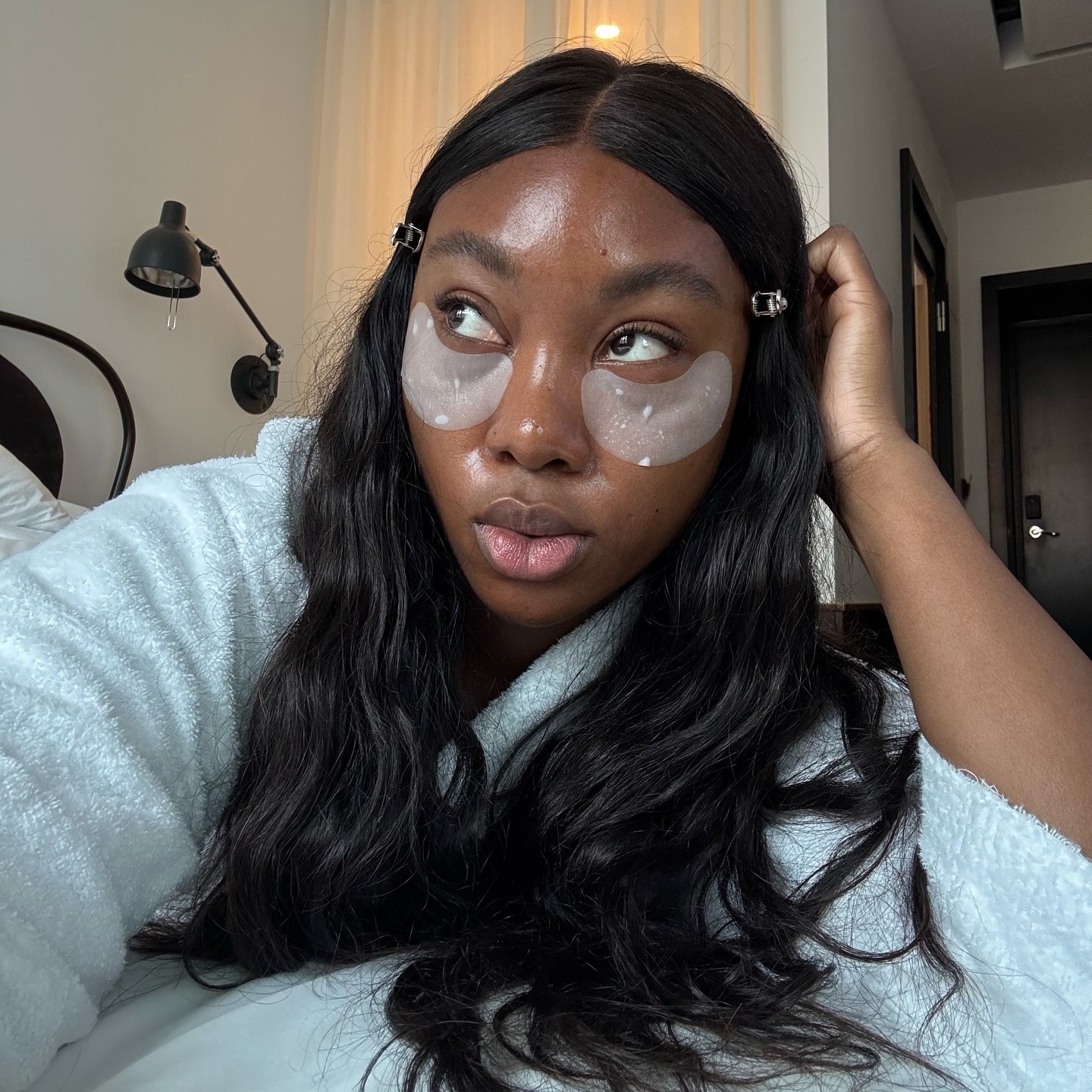 7 Ingredients That Take Years Off Your Skin and Rival Spendy Treatments, Per Derms
7 Ingredients That Take Years Off Your Skin and Rival Spendy Treatments, Per DermsMVPs for an OMG-level glow.
-
 If You Never Forget This Daily Step, I Already Know You Have Great Skin (Derms Agree)
If You Never Forget This Daily Step, I Already Know You Have Great Skin (Derms Agree)Any guesses?
-
 Psst, Even Derms Can't Get Enough of These 14 Incredibly Good French Pharmacy Staples
Psst, Even Derms Can't Get Enough of These 14 Incredibly Good French Pharmacy StaplesThey never miss a chance to stock up.
-
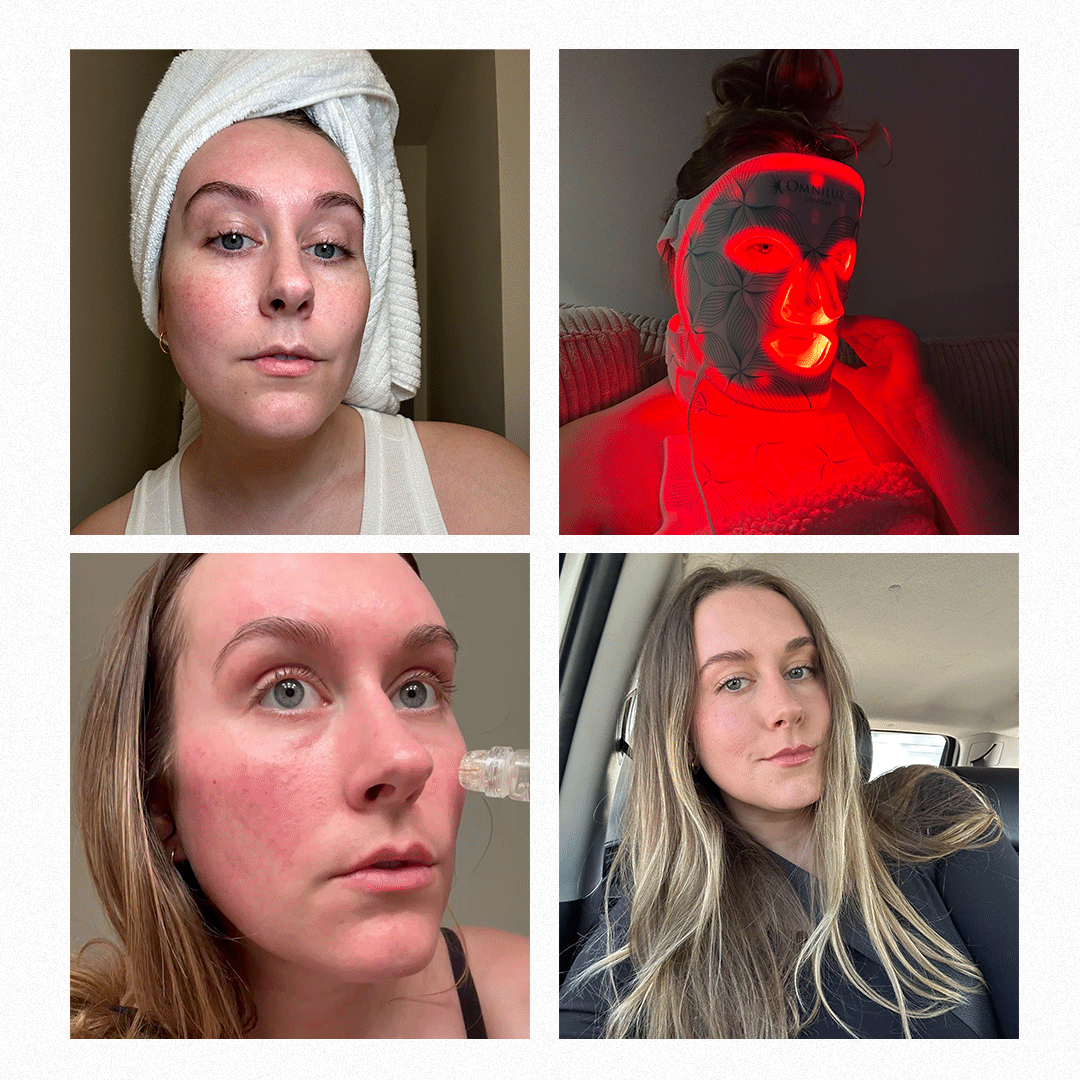 I Just Turned 30—Every Expert-Approved Skincare Tip I Wish I'd Known in My 20s
I Just Turned 30—Every Expert-Approved Skincare Tip I Wish I'd Known in My 20sLearn from my mistakes.
-
 Meet Madecassoside—the Trending Ingredient That Soothes, Hydrates, and Protects Sensitive Skin
Meet Madecassoside—the Trending Ingredient That Soothes, Hydrates, and Protects Sensitive SkinIt's beauty's next big thing.
